Non-surgical fat reduction, including technologies like CoolSculpting that utilize cryolipolysis, offers safer and less invasive alternatives to traditional surgical procedures. CoolSculpting stands out for its precise targeting of fat cells, quick recovery times, minimal downtime, and mild side effects. It is a popular choice compared to invasive methods like liposuction, which involve incisions, anesthesia, and longer recovery periods but can provide more dramatic outcomes. When choosing between these options, safety, recovery time, cost, and effectiveness should be considered in a thorough non-surgical fat reduction comparison.
Looking to shed stubborn fat without surgery? Discover the power of non-surgical fat reduction methods, specifically CoolSculpting, in this comprehensive guide. We’ll explore how CoolSculpting offers a non-invasive approach to achieving a slimmer silhouette compared to invasive procedures. From understanding the science behind it to comparing its effectiveness and safety profile against surgical options, this article provides an insightful Non-Surgical Fat Reduction Comparison.
Understanding Non-Surgical Fat Reduction: An Overview
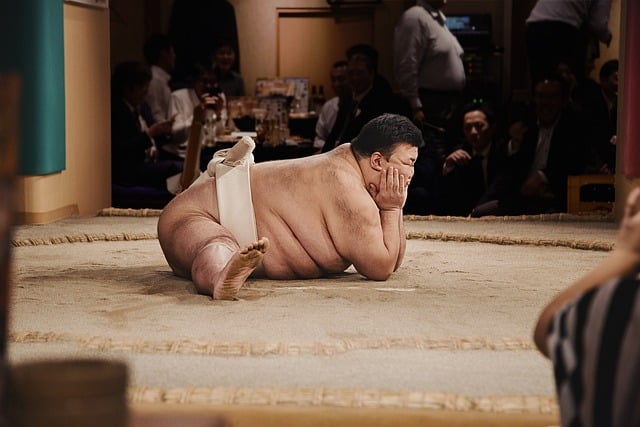
Non-surgical fat reduction has gained significant traction in recent years as a safer and more comfortable alternative to invasive procedures. This method leverages advanced technologies, such as CoolSculpting, to target and eliminate stubborn fat cells without incisions or recovery time. Unlike traditional surgery, which often involves cutting, scraping, or injecting substances into the body, non-surgical treatments offer a minimally intrusive approach.
In a head-to-head comparison, non-surgical fat reduction methods like CoolSculpting stand out for their ability to freeze and eliminate targeted fat cells through cryolipolysis. This process is generally non-painful and allows patients to resume normal activities immediately after the procedure. The results, while not immediate, are typically lasting, as treated fat cells are permanently eliminated from the body. This makes non-surgical options increasingly popular among individuals seeking body contouring without the risks and downtime associated with surgery.
CoolSculpting: The Non-Invasive Approach to Fat Loss
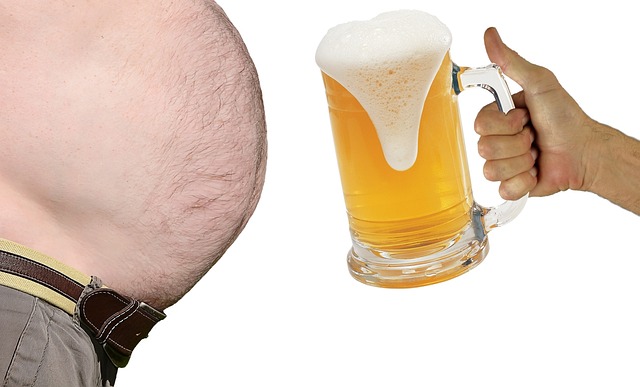
CoolSculpting represents a significant advancement in non-surgical fat reduction, offering a safe and effective alternative to invasive treatments. Unlike traditional methods that often involve incisions or injections, CoolSculpting leverages advanced technology to target and eliminate unwanted fat cells. This process uses cryolipolysis, where cold temperatures are applied to the targeted area, causing fat cells to crystallize and eventually die. The procedure is typically non-painful and can be performed in a doctor’s office, making it an attractive option for those seeking fat loss without surgery.
One of CoolSculpting’s key advantages lies in its ability to pinpoint specific problem areas, allowing for more precise results. Unlike some invasive treatments that may cause widespread tissue damage, CoolSculpting is designed to spare surrounding healthy tissues. This not only reduces recovery time but also ensures a smoother and more natural-looking fat loss journey. Moreover, with minimal downtime and no surgical risks, CoolSculpting offers a less drastic approach to achieving one’s aesthetic goals, making it an appealing choice in the non-surgical fat reduction comparison.
Invasive Procedures: What You Need to Know

Invasive procedures for fat reduction have long been a popular choice, but they come with risks and recovery times. Unlike surgical options, non-surgical fat reduction treatments like CoolSculpting offer a less invasive approach to achieving desired results. These procedures typically involve injections, lasers, or intense cooling technology to target and eliminate fat cells. While effective, they may cause side effects such as bruising, swelling, and skin sensitivity.
When considering a non-surgical fat reduction comparison, it’s crucial to understand that these treatments are not without drawbacks. They often require multiple sessions for optimal results, and the long-term effectiveness can vary among individuals. It’s essential to consult with a qualified professional who can guide you through the process, ensuring safety and delivering realistic expectations.
Comparison: CoolSculpting vs. Surgical Options
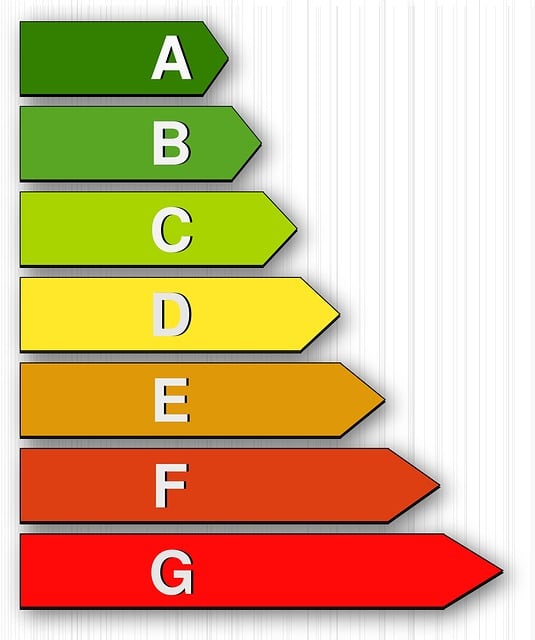
When considering fat reduction options, a key decision point is whether to opt for a non-surgical approach or undergo invasive procedures. CoolSculpting and surgical treatments represent two distinct ends of this spectrum. CoolSculpting, a popular non-surgical fat reduction method, utilizes cryolipolysis—freezing fat cells—to gently remove targeted areas of fat over several weeks. It’s a minimally invasive option with little to no recovery time, making it an attractive choice for those seeking body contouring without surgery.
In contrast, surgical options like liposuction offer more aggressive fat removal. These procedures involve making small incisions and using suction or laser technology to physically extract fat cells. While they can achieve significant results, they carry risks, longer recovery periods, and the need for anesthesia. A non-surgical fat reduction comparison highlights that CoolSculpting provides a safer, non-anaesthetic alternative with results comparable to early liposuction techniques.
Safety, Side Effects, and Recovery Times
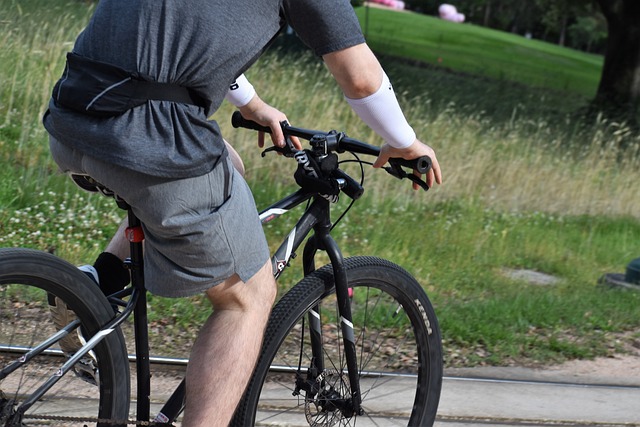
When considering non-surgical fat reduction options, safety is a top concern for many individuals. CoolSculpting and invasive treatments both have their merits, but they also come with distinct differences in side effects and recovery times. CoolSculpting, a popular choice, uses cryolipolysis to freeze and eliminate fat cells without incisions or anesthesia. This non-invasive approach generally has minimal downtime, with most people resuming their regular activities soon after the procedure. Common side effects include temporary numbness, swelling, and soreness at the treatment sites, but these typically subside within a few days.
In contrast, invasive treatments like liposuction involve surgical incisions and general anesthesia. While they offer precise fat reduction, there are inherent risks associated with surgery, including infection, bleeding, and potential damage to surrounding tissues. Recovery times for invasive procedures tend to be longer, often requiring several weeks of rest and healing. As such, when comparing CoolSculpting vs. invasive treatments, the former stands out for its safety profile, minimal recovery period, and relatively mild side effects, making it an attractive option for those seeking non-surgical fat reduction.
Choosing the Right Method: Factors to Consider
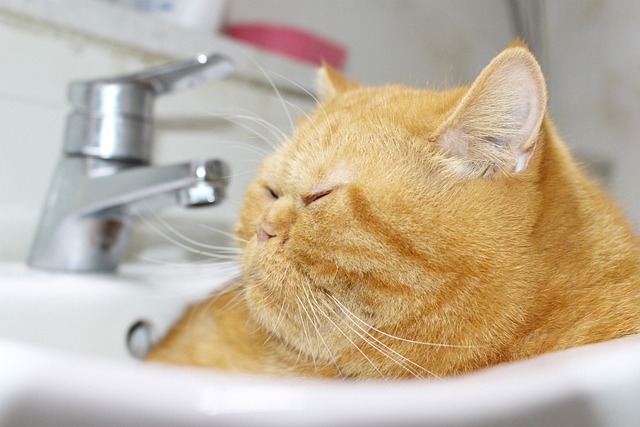
When considering non-surgical fat reduction options, it’s crucial to weigh the benefits and drawbacks of CoolSculpting against more invasive treatments. One key factor is safety and recovery time. CoolSculpting, a popular non-invasive procedure, uses cold therapy to target and eliminate fat cells, offering minimal downtime. In contrast, invasive procedures like liposuction involve incisions and general anesthesia, leading to a longer recovery period.
Additionally, cost and effectiveness should be taken into account. While CoolSculpting is generally more affordable, the results may vary based on individual factors. Invasive treatments often provide quicker and more dramatic outcomes but come with higher costs and potential risks. The best approach depends on personal goals, budget, and tolerance for recovery time, making a detailed comparison essential before making a decision.
